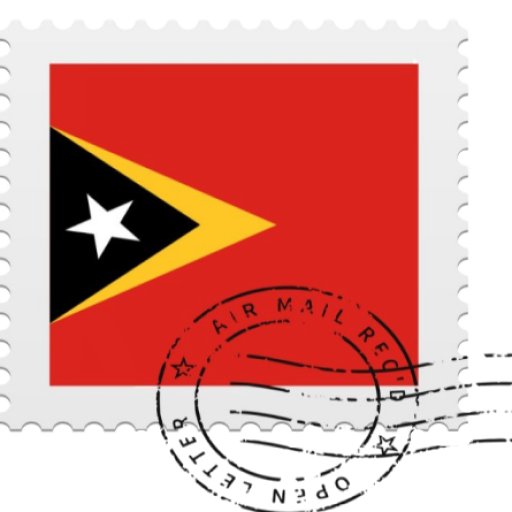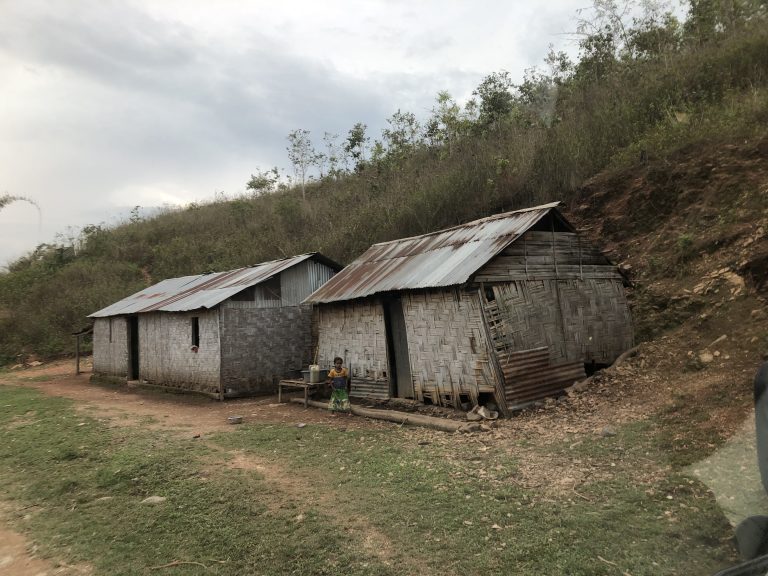The State of the Nation
As a young nation, only 4 months away from turning 20, Timor-Leste has a lot of growing to do as a nation, along with its population of approximately 1.3 million people. The median age is only 20.8 years; both country and people are infants in the history of nations.
The nation lacks skilled workers in all fields. Education standards are low due to limited training of teachers and a lack of available classrooms: Primary does half a day and High school the other half, both using the same classrooms and teachers.
The overall situation is further complicated by language. Timor-Leste’s troubled past has brought with it a modern-day mini Babylon. The main local language is Tetum which is one of the official languages, the other being Portuguese, a distinct connection to Timor-Leste’s colonial past. There are also two working languages: Bahasa Indonesian and English. Want to do business or need any official documentation, write it in Portuguese; working with an international NGO, businesses, or the like, make another copy in English. Communication with employees, everyday activities (shopping, car repairs, asking for directions, conversation etc) best speak in Tetum or Indonesian.
Road rules are more like guidelines and roads are often more like obstacle courses.

People are open and friendly, displaying a mixture of Asian and Pacific Island cultures with a hint of colonial Portuguese sprinkled in. Family is everything and who you know is more important than what you know. Superstition and ancestor worship still holds a strong pull over the people and this is tied with their, mostly, Catholic faith. The people survive on white rice with some vegetables, when they are available; availability is limited by season (weather) or affordability. The average median wage is US $40 per month ($64 urban & $32 rural), but unemployment is high;
However, with access to the right education, enterprising & entrepreneurial youth could achieve much.







